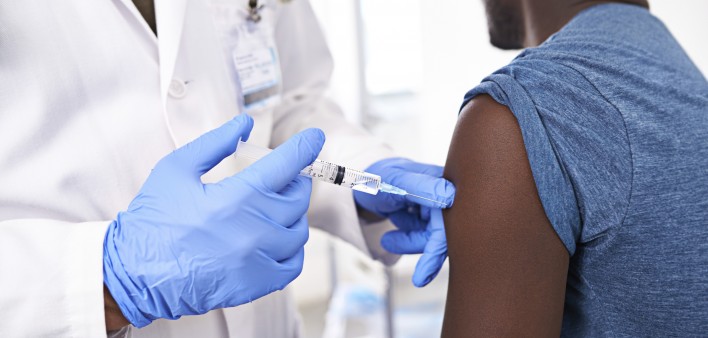An HIV vaccine, even if modestly effective, could still contribute greatly to efforts to drive down the rate of new HIV infections worldwide, aidsmap reports. Publishing their findings in PLOS ONE, researchers conducted mathematical modeling to predict the impact of an HIV vaccine on low- and middle-income nations when combined with other epidemic-fighting efforts, including treatment scale-up and pre-exposure prophylaxis (PrEP), as outlined in the 2013 UNAIDS Investment Framework Enhanced (IFE) plan.
If the IFE goals were fully realized, annual HIV transmissions would drop from 2 million in 2014 to 550,000 in 2070. A 70 percent effective vaccine introduced in 2027, requiring three doses and providing five years of protection, if used widely, would reduce the rate of annual new infections by 44 percent during the first decade after its introduction, 65 percent during the first 25 years, and 78 percent by 2070, to a rate of 122,000 annual cases.
To read the aidsmap article, click here.
To read the study, click here.

Istock
Vaccine Could Significantly Contribute to Reducing HIV Incidence






Comments
Comments